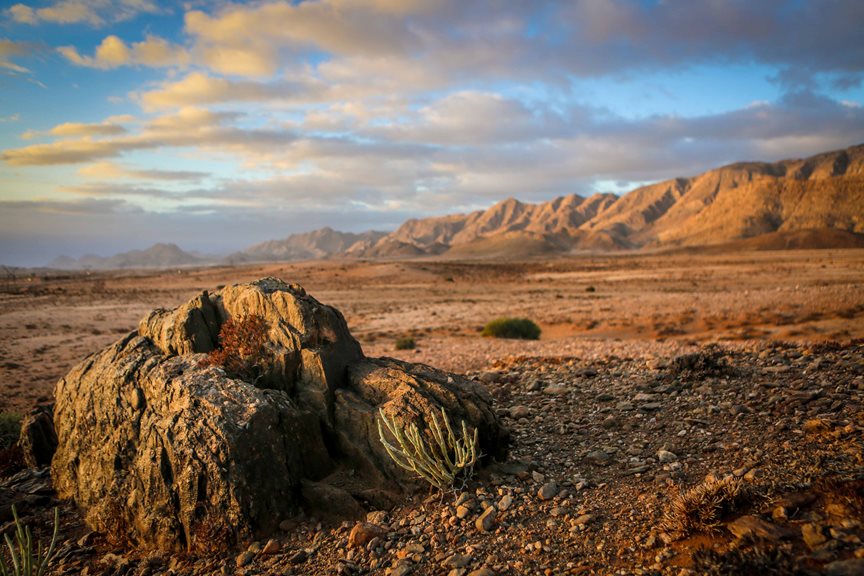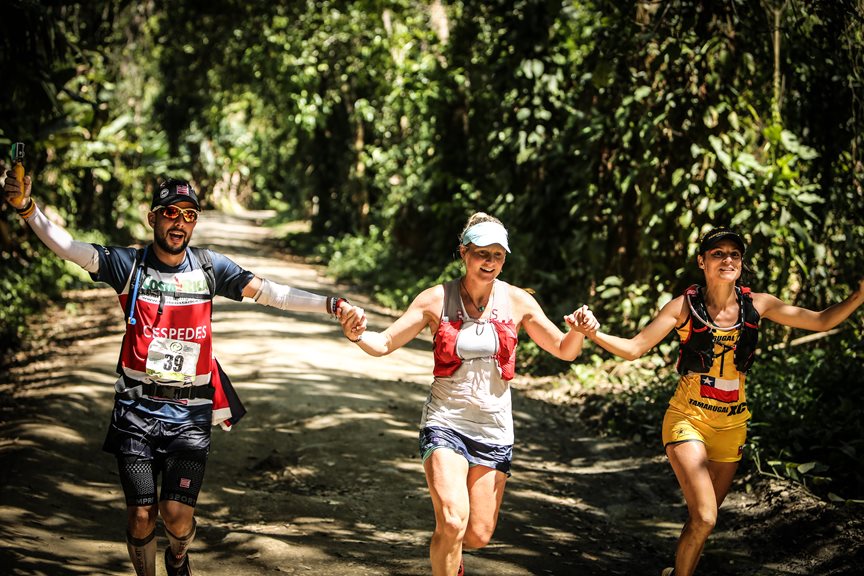Last updated: 02-Jun-17
The long stage of the Marathon Des Sables has achieved near mythical status. Traditionally on the fourth day of the race, runners have two days to complete it. The top 50 have to start the run three hours after the main field with the ambition of running right through.
It is one of the great moments of the Marathon des Sables for the majority of the runners, to be able to watch the leaders run past them and to be able to cheer them on or even run with them for a while if the legs are strong enough.
With night falling at around 8.30 pm BST, all will be finishing in the dark and will have had the privilege of seeing the sun set orange over a glowing desert. The long stage is the one that all competitors look back on and remember even as it asks the most of them.
For friends and family at home, it can be almost as enthralling with the live tracking back so you can follow your runner as he or she ticks off the checkpoints and then finally watch them come in on the webcam.
Today’s course is like a warped figure of eight. 83.3 km from Ba Hallou to Hassi Tarfa. Not only is it the longest stage, it also has some of the most difficult terrain to cover. Jebel Otfel is described like this in the Roadbook, “Km 9,7 : CP1. Go W/SW (course 257°) for difficult ascent up El Otfal jebel.12% average slope until summit, with 30% over the last 500 m. Ascent alternating rocky and sandy parts.”
Difficult doesn’t really cover it as a long queue of runners snakes up the single track to the top where there are fixed ropes to help over the final ascent.
The descent is a killer too, with all your force pounding down on tender soles and bursting blisters. Then there are plains and dunes and more rocky plateaus to traverse. There are two more hills to manage but a majority of the course is on more steady ground.
It is a long way and by the time night falls, all the runners will be feeling the strain whether they are near the end of the stage or still looking at many kilometres to go.
The debate is always whether to stop and rest at the checkpoints, perhaps even sleep, or whether to power through. Resting gives fresh legs but adds extra time to your result. Getting enough food in is definitely an issue on this stage as it gets harder and harder to stomach even as your legs cry out for the calories.
The first of the male elites crossed the line at just after 8.20 pm BST. Rachid El Morabity once again getting the stage win and proving himself absolutely dominant in this race on his home turf.
For the non-elites, strung out in a long line across the dunes, river beds and stony plateaus, the night stretches ahead.
Good luck everyone!





